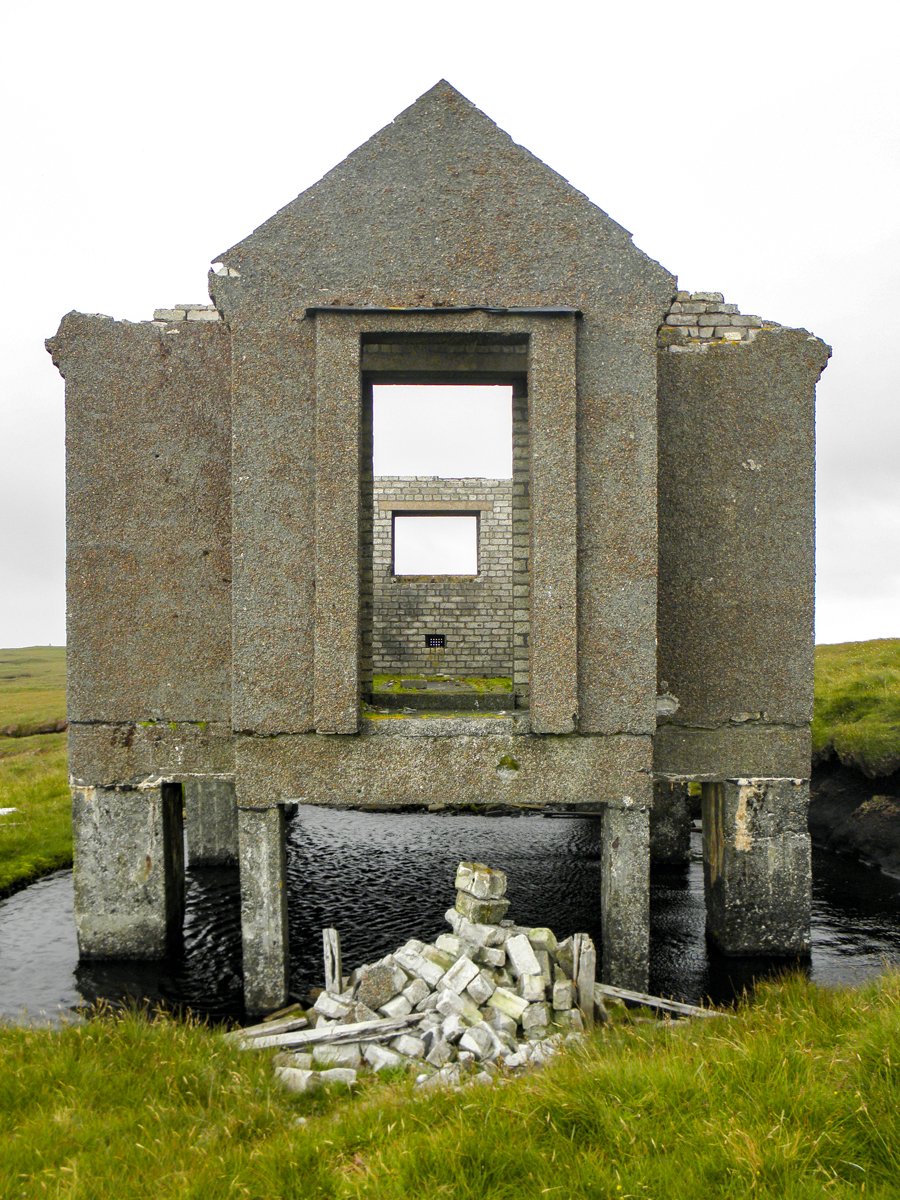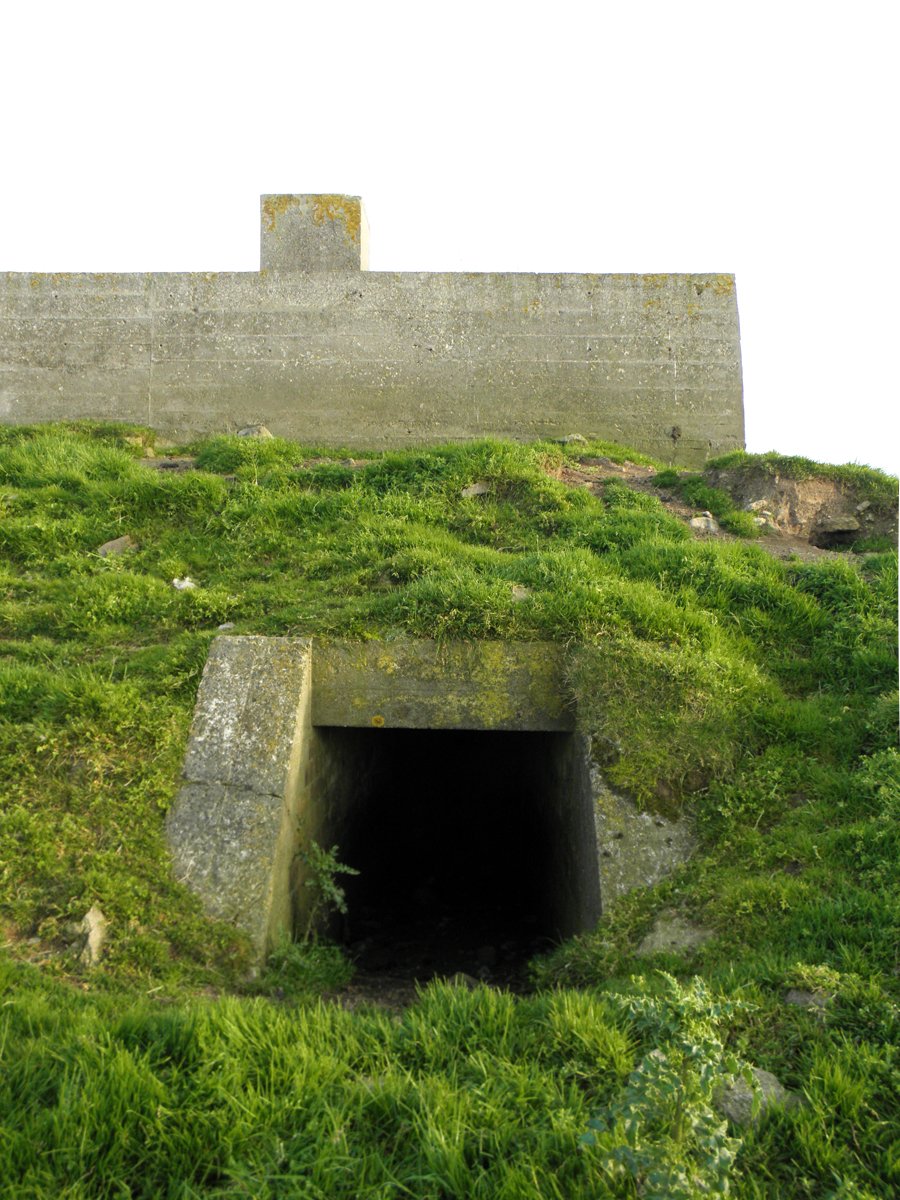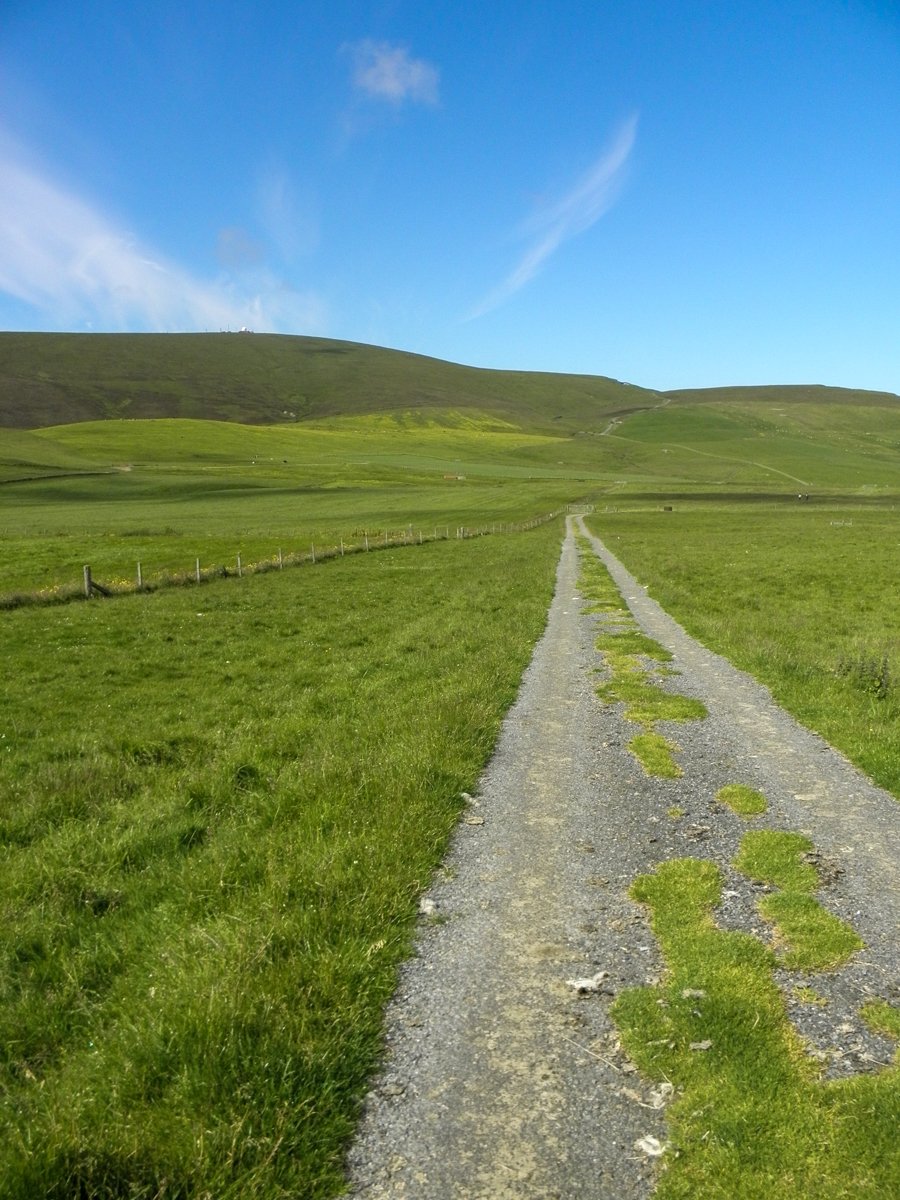ORKNEY RESEARCH TRIP
July 2021
Supported by a-n Artist Bursaries I travelled to Orkney for one week to further my ongoing exploration of WWII-ruin-sites in Scotland's Northern Isles.
I first became interested in these eerie relics of 20th century conflict back in in 2015 when I spent a month visiting various war ruins around Shetland as part of a residency at Sumburgh Head Lighthouse (below). The 2021 however trip enabled me to collect more visual material from Orkney’s many former military sites, allowing my drawing practice to take new directions in a new landscape.
Thank you to a-n The Artists Information Company for supporting this research trip.
SHETLAND RESIDENCY
2nd - 29th August 2015
For one month in 2015, I stayed at Sumburgh Head Lighthouse, Shetland. This allowed me to explore the site which is of significant wartime history, with a radar station established in the lighthouse grounds in 1939. During my stay, I also travelled around Shetland to visit varied wartime sites scattered across the islands. These strange relics, eerily futuristic although in states of ruination, were potent reminders of the warfare and destruction of modern times.
Whilst visiting sites and documenting them with drawings and photographs, I thought about Modernist ideals from the early twentieth century of order perfected through human innovation. This ideology unravelled in the destruction of the decades that followed – a process of ideological ruination which is eerily sensed in the sinister atmosphere of these war ruins, found not only in Shetland but also at remote outposts all across Europe.
And yet these ruins were strangely compelling. The technological progress which has fuelled the warfare of recent times has also accelerated the development of our modern technology. Radar used during World War II at Sumburgh Head’s ‘AES1’ facility to survey the Fair Isle channel was further developed in post-war radio technology, becoming part of the advancement towards today’s technological ‘utopia’. In encountering ruins such those at Sumburgh, I felt both fear and an unexpected fascination, the decay bringing me into confrontation with the limits of human power in comparison with nature. Like the ruin art of Romantic artists in the 18th and 19th centuries, whose works expressed the ruin’s potential for sublime experience, these new relics also immerse the viewer in simultaneously both a sinister and strangely enthralling atmosphere, and temporarily suspend them in ‘ruin-time’.
In making work during my residency at Sumburgh, I continued to explore these ruins using representational drawing and also elements of more modern media, something I saw as a response to a conflicting sense of both the technological and natural experienced at these sites. In explorations of space representation in drawing afterwards, exploring how (in a modern world that’s no longer so ideologically and materially pure), physical reality could be depicted as something also increasingly shifting and fragile.

















